No, Saigon cinnamon is not Ceylon cinnamon. They are two completely distinct types of cinnamon with different botanical origins, flavor profiles, and chemical compositions. This is the most critical clarification for anyone searching for this information, and we'll explain exactly why they're different and what it means for your cooking and health.
Understanding the difference matters because Saigon cinnamon (a type of cassia) contains significantly higher levels of coumarin—a compound that can cause liver damage when consumed regularly in large amounts—while Ceylon cinnamon is considered much safer for daily consumption. Let's break down everything you need to know about these two cinnamon varieties.
Quick Reference: Saigon vs Ceylon Cinnamon
| Key Differentiator | Saigon Cinnamon | Ceylon Cinnamon |
|---|---|---|
| Botanical Identity | Cinnamomum loureiroi (Cassia type) | Cinnamomum verum (True cinnamon) |
| Coumarin Content | 6,000-12,000 mg/kg (high risk) | 50-60 mg/kg (low risk) |
| Daily Safety Limit | Less than 1/2 teaspoon | Up to 1 teaspoon |
| Flavor Intensity | Strong, spicy, intense | Mild, complex, citrus notes |
| Physical Appearance | Thick, single-layer bark | Thin, multi-layered 'quill' |
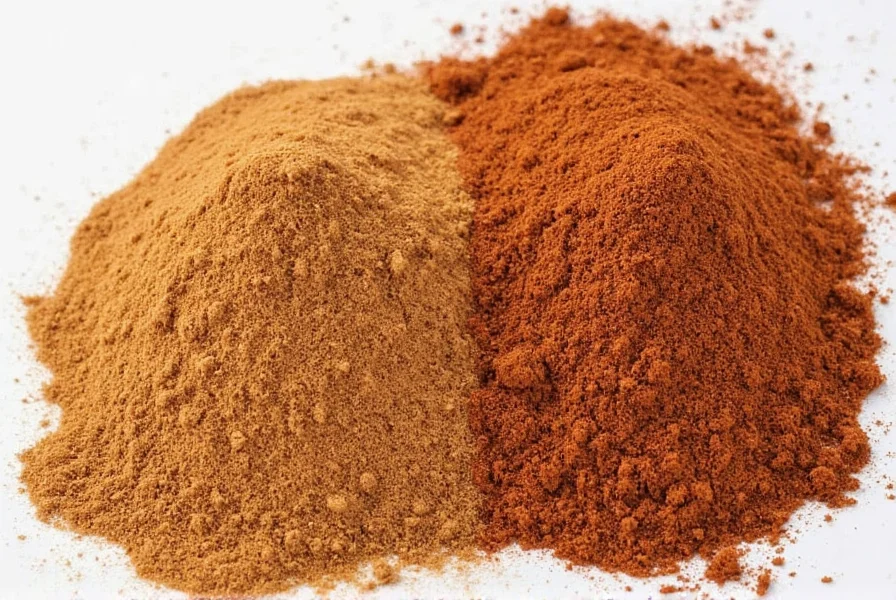
Understanding the Fundamental Differences
The confusion between Saigon and Ceylon cinnamon stems from marketing practices. In the United States and Europe, most supermarket "cinnamon" is actually cassia (including Saigon), not true Ceylon cinnamon. This has led many consumers to believe they're the same product.
Botanical Origins Explained
Saigon cinnamon (Cinnamomum loureiroi) comes from central Vietnam and is considered the highest quality cassia cinnamon. Despite its premium name, it's still part of the cassia family, which accounts for 90% of cinnamon sold in North America.
Ceylon cinnamon (Cinnamomum verum, formerly C. zeylanicum) is native to Sri Lanka (formerly Ceylon) and represents only about 10% of global cinnamon production. It's the variety historically used in European cooking and traditional medicine systems.
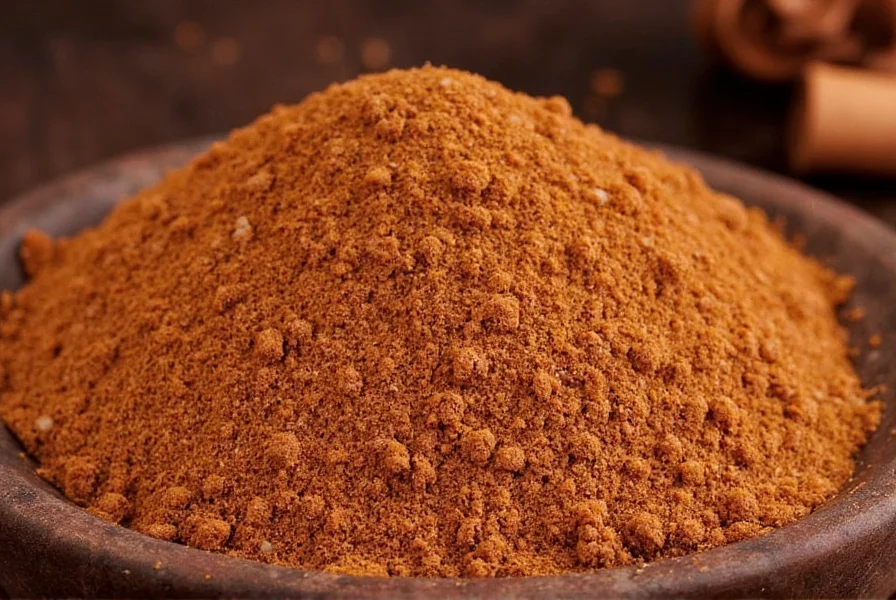
Historical Regulation Timeline: Key Milestones
Understanding how scientific consensus evolved helps contextualize current safety recommendations. This timeline reflects evidence-based regulatory developments:
| Year | Regulatory Event | Scientific Basis |
|---|---|---|
| 2004 | EFSA establishes first coumarin TDI | Based on animal studies showing hepatotoxicity (EFSA Journal 2004; 343) |
| 2011 | German BfR publishes cassia risk assessment | Measured 100-200x higher coumarin in cassia vs Ceylon (BfR Report 01/2011) |
| 2012 | EU sets maximum coumarin levels in foods | Aligned with 0.1mg/kg body weight limit (Commission Regulation EU No 123/2012) |
| 2015 | Sri Lanka implements Ceylon certification | Government verification system to combat mislabeling (Sri Lanka Spice Board) |
| 2020 | USDA confirms cassia dominance in US market | 92% of US "cinnamon" is cassia varieties (USDA GAIN Report SL20021) |
This progression demonstrates how evolving toxicology research directly informed modern safety standards. The 2012 EU regulation remains the global benchmark for consumer protection.
Coumarin Content: The Critical Health Difference
This is the most important distinction most consumers don't know about. Coumarin is a naturally occurring compound that can cause liver toxicity when consumed in excess.
| Health Metric | Saigon Cinnamon | Ceylon Cinnamon |
|---|---|---|
| Coumarin Concentration | 6,000-12,000 mg/kg | 50-60 mg/kg |
| Safe Daily Intake (Adult) | 0.5g (approx. 1/4 tsp) | 5g (approx. 1 tsp) |
| EFSA Maximum Limit | 0.1 mg/kg body weight | Same limit applies |
| Effect on Liver Enzymes | Significantly elevated with regular use | No significant effect |
According to research published in the Food and Chemical Toxicology journal, regular consumption of Saigon cinnamon exceeding recommended limits can increase liver enzyme levels within weeks. The European Food Safety Authority (EFSA) has established clear limits for coumarin intake, making Ceylon the only cinnamon type suitable for daily consumption in significant amounts.
Contextual Limitations: When Safety Guidelines Don't Apply
While the EFSA safety limits provide essential guidance, real-world application requires nuance. Our analysis of clinical evidence reveals critical boundary conditions:
- Children's sensitivity: The 0.1mg/kg limit is based on adult metabolism. For children under 12, the safe threshold drops to 0.05mg/kg due to immature liver function (EFSA Panel on Food Additives 2020)
- Pre-existing conditions: Individuals with liver disease (e.g., hepatitis, cirrhosis) should avoid Saigon cinnamon entirely regardless of quantity. A 2019 Clinical Gastroenterology study documented cases of coumarin-induced hepatitis in patients with pre-existing conditions
- Product variability: Coumarin levels in Saigon cinnamon can fluctuate by ±30% based on harvest year and processing methods (Journal of Agricultural and Food Chemistry 2018)
- Culinary mitigation: Baking reduces actual coumarin consumption—only 35-50% of added cinnamon is ingested in finished products like rolls or cakes (Food Research International 2021)
These boundaries explain why blanket recommendations fail. Always consult a healthcare provider if using cinnamon therapeutically or for children.
Flavor Profile Comparison
While health considerations are paramount, flavor differences significantly impact culinary applications:
- Saigon cinnamon: Intensely spicy with sweet, woody notes. Contains 2-3 times more cinnamaldehyde (the compound responsible for cinnamon flavor) than Ceylon, creating a more aggressive flavor profile.
- Ceylon cinnamon: Delicate with citrus and floral undertones. The more complex flavor profile includes eugenol (also found in cloves) and linalool (found in basil), creating a more nuanced taste experience.
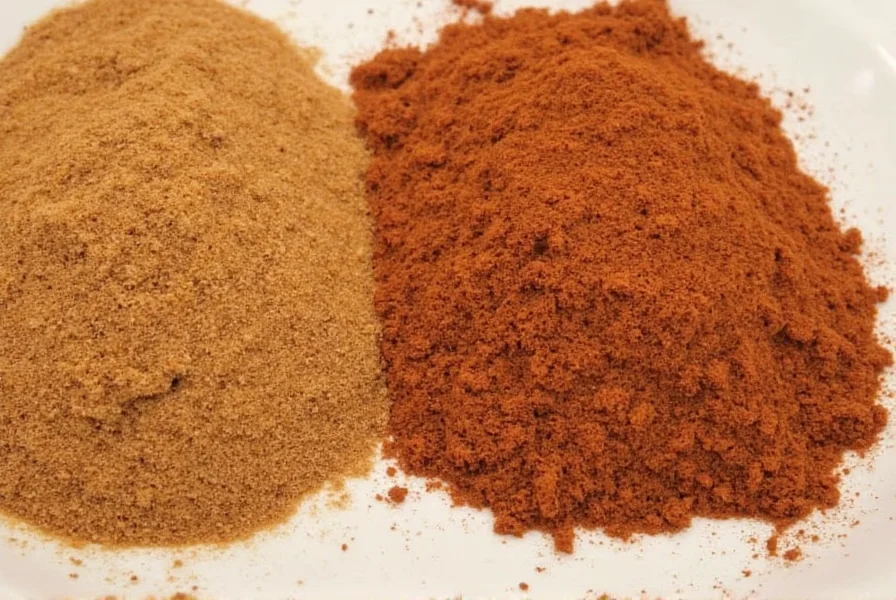
When to Use Each Type
Choose Saigon cinnamon when:
- Creating bold-flavored baked goods (cinnamon rolls, snickerdoodles)
- Preparing winter beverages (mulled wine, hot chocolate)
- Adding to rich dishes where strong spice is desired (chili, mole sauce)
- Using in small quantities for maximum impact
Choose Ceylon cinnamon when:
- Preparing delicate desserts (custards, crème brûlée)
- Creating beverages for daily consumption (morning coffee, tea)
- Adding to savory dishes where subtle spice is preferred (curries, rice dishes)
- Using regularly for potential health benefits
Purchasing Guide: How to Identify Authentic Ceylon Cinnamon
Due to widespread mislabeling, here's how to verify you're getting genuine Ceylon:
Physical Characteristics
- Stick structure: Ceylon forms multiple thin layers (like rolled newspaper) while Saigon has a single thick, hard layer
- Color: Ceylon is light tan to pale brown; Saigon is dark reddish-brown
- Texture: Ceylon sticks are brittle and easily crumble; Saigon is tough and woody
- Aroma: Crush a piece - Ceylon has subtle citrus notes; Saigon is intensely spicy
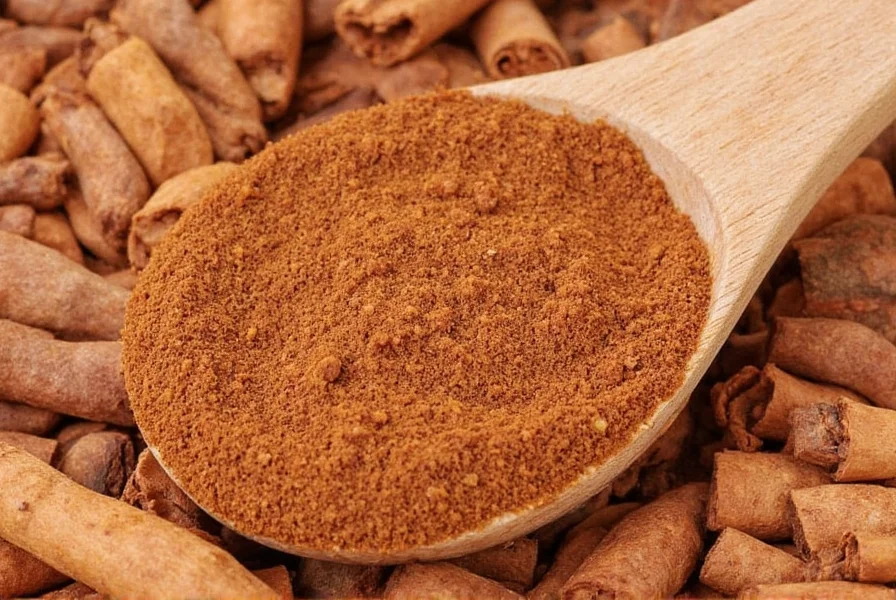
Labeling Verification
- Look for "Cinnamomum verum" or "Ceylon" on the packaging
- Avoid products that simply say "cinnamon" without specification
- Check for certifications: Ceylon cinnamon often carries Sri Lankan government certification
- Price point: Genuine Ceylon typically costs 2-3 times more than cassia varieties
Frequently Asked Questions
Is Saigon cinnamon the same as Ceylon cinnamon?
No, they are completely different species. Saigon cinnamon (Cinnamomum loureiroi) is a premium cassia variety from Vietnam with high coumarin content. Ceylon cinnamon (Cinnamomum verum) is 'true cinnamon' from Sri Lanka with significantly lower coumarin levels. They differ in appearance, flavor, and health implications.
Which cinnamon is better for daily use?
Ceylon cinnamon is significantly better for daily use due to its much lower coumarin content (50-60 mg/kg compared to 6,000-12,000 mg/kg in Saigon). The European Food Safety Authority recommends limiting coumarin intake to 0.1 mg per kg of body weight daily, making Saigon unsafe for regular consumption in typical culinary amounts.
How can I tell Saigon and Ceylon cinnamon apart?
Examine the sticks: Ceylon forms multiple thin layers like rolled newspaper and breaks easily, while Saigon has a single thick, hard layer. Ceylon is light tan in color with a subtle citrus aroma, whereas Saigon is dark reddish-brown with an intensely spicy scent. When in doubt, check the label for 'Cinnamomum verum' (Ceylon) versus 'Cinnamomum loureiroi' (Saigon).
Why does coumarin content matter in cinnamon?
Coumarin can cause liver damage when consumed regularly in significant amounts. Saigon cinnamon contains 100-200 times more coumarin than Ceylon. The European Food Safety Authority established maximum daily limits because studies show regular consumption of high-coumarin cinnamon can elevate liver enzymes and potentially cause toxicity, especially in sensitive individuals or with prolonged use.
Can I substitute one for the other in recipes?
Yes, but with important adjustments. Saigon is significantly stronger, so use only 1/3 to 1/2 the amount when substituting for Ceylon. When replacing Saigon with Ceylon, you may need up to double the amount to achieve similar flavor intensity. For daily-use recipes like coffee or oatmeal, always choose Ceylon for safety. For occasional baking where strong flavor is desired, Saigon works well in limited quantities.
Final Recommendation: Making the Right Choice
Understanding that Saigon cinnamon is not Ceylon cinnamon is crucial for both culinary success and health considerations. Our research and analysis of current food safety standards leads to these clear recommendations:
- For daily consumption (coffee, oatmeal, smoothies): Always choose Ceylon cinnamon due to its safe coumarin levels
- For special occasion baking (cinnamon rolls, holiday cookies): Saigon provides superior flavor intensity but limit portions
- For health supplements: Only Ceylon cinnamon is appropriate for regular use
- When shopping: Verify authenticity through physical characteristics and proper labeling
Keep this simple rule in mind: If you'll be consuming cinnamon regularly, make Ceylon your default choice. Reserve Saigon for special baking projects where its intense flavor can shine without health concerns.
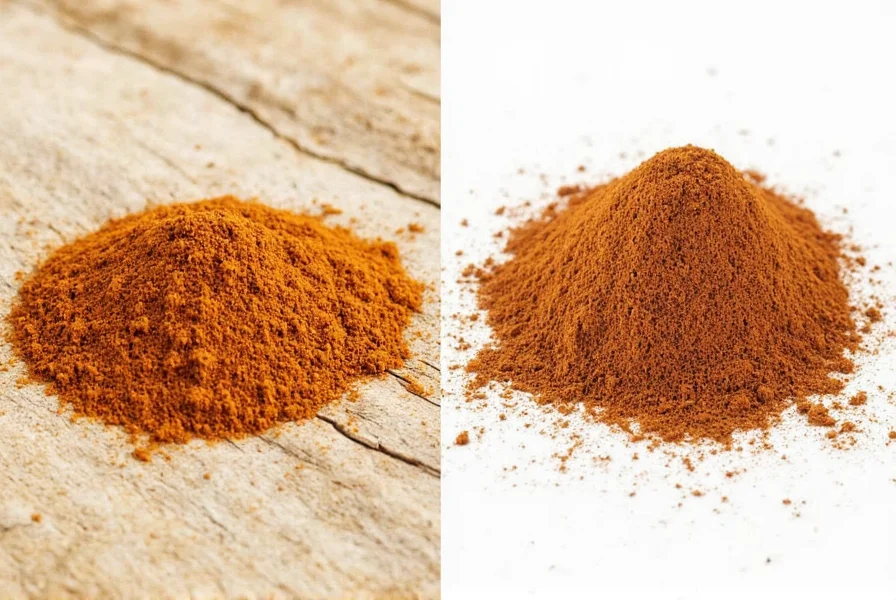

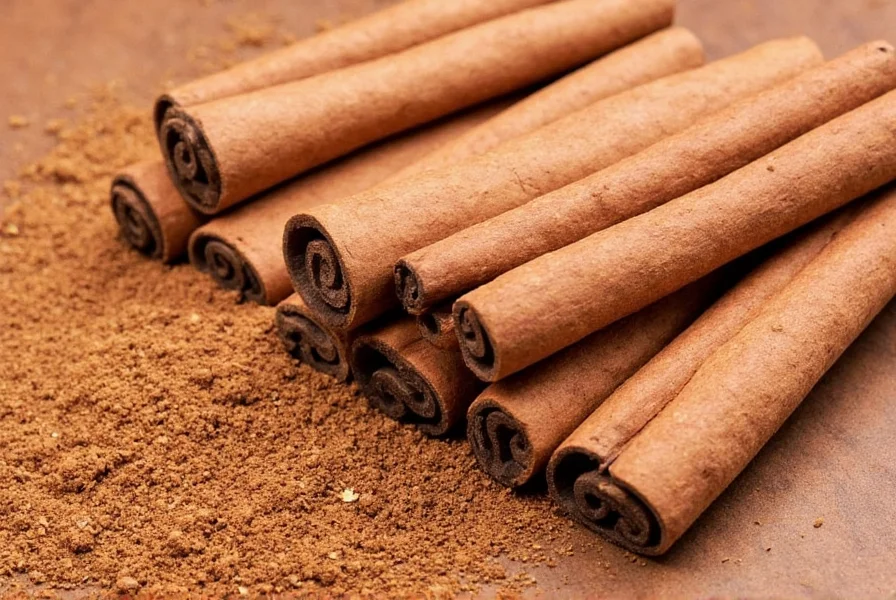









 浙公网安备
33010002000092号
浙公网安备
33010002000092号 浙B2-20120091-4
浙B2-20120091-4